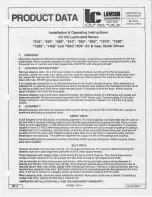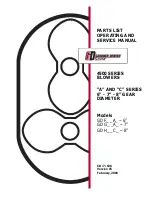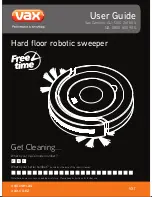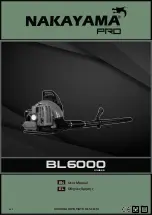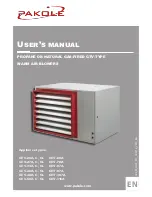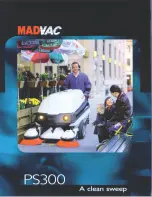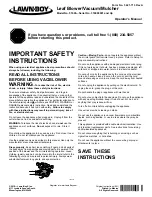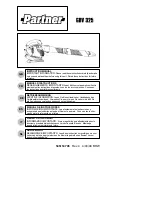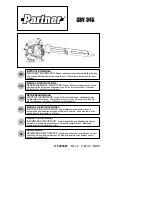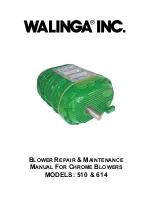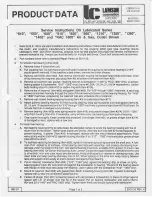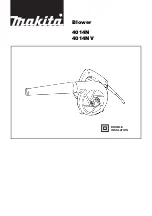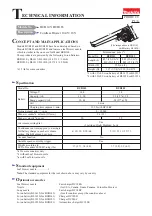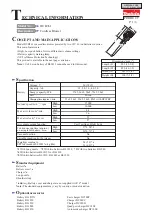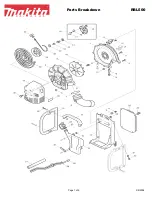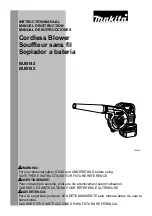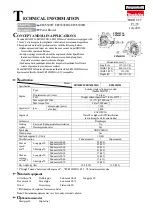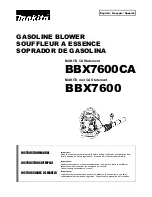
Figure 5.4
Exhaust Opening
Positive pressure ventilation is most effective when the exhaust opening (window, door,
etc.) is between three-fourths to twice the size of the entrance opening
(Figure 5.4)
. This variance is due to
the number and CFM’S of the blower(s) utilized and can be summarized as follows:
A single blower powered by 1/3 HP to 4 HP electric motor is most effective when utilized with exhaust
openings that are three-fourths or slightly less than the size of the entrance opening. Remember, these
guidelines are generalized and that optimum efficiency is easily obtained by a combination of training and
experience.
Weather
Temperature, humidity, snow, and rain do not have any appreciable effect on positive pressure
ventilation. Although cold, damp weather conditions may limit the ability of smoke to rise; these atmospheric
conditions will not limit the ability of blowers to move contaminants horizontally and, in most cases, vertically.
Wind can have an adverse effect on positive pressure ventilation, but its effect is dependent on direction
and velocity. As in any ventilation operation, maximum efficiency can be obtained by using the prevailing
wind direction to advantage by pressurizing the structure on the windward side and exhausting contaminants
on the leeward side of the building. If it is not possible to utilize the prevailing wind as an advantage, positive
pressure has proven effective against winds of up to 25 mph. As winds exceed 25 mph, efficiency reduces
accordingly.
Blower Troubleshooting
Many factors can contribute to or be the sole cause of problems for gas and
electric power blowers. This section will identify some of these problems and provide solutions to correct
them.
Poor Blower Performance
MAKE SURE THE BELT(S) ARE TIGHT. REFER TO PAGES 6 - 8 FOR INSTRUCTIONS ON
CHECKING AND TIGHTENING THE BELT(S).
Blower Movement or “Walking”
•
ADJUST THE RUBBER FOOTPADS ON THE BACK OF THE BLOWER BY TURNING THEM EITHER IN OR OUT.
ADJUST THE SIDE THAT IS WALKING. THIS WILL HELP TO EVENLY DISTRIBUTE THE WEIGHT OF THE BLOWER TO
ALL FOUR POINTS OF THE FRAME.
•
MOST BLOWERS WILL WALK IF NOT RUNNING AT FULL SPEED, MAKE SURE THE BLOWER IS RUNNING AT FULL
SPEED.
•
MAKE SURE THE BLOWER IS SITTING FLAT AND NOT ON SMALL ROCKS OR OTHER OBJECTS.
-11-












